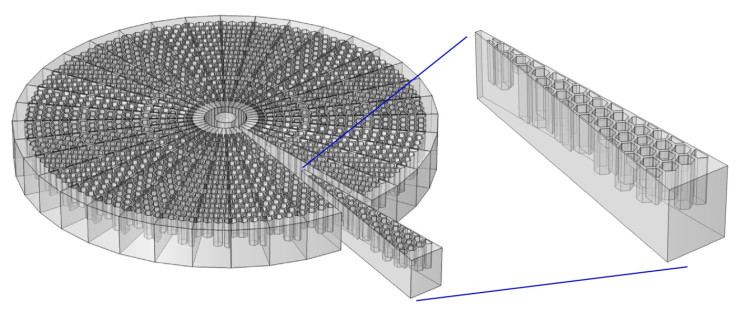The Cocktail Party Problem: AI puzzle solved by 3D-printed device

Engineers have solved the age-old Cocktail Party Problem that has puzzled artificial intelligence researchers for decades: picking out an individual's speech from a crowd of voices. The single-sensor multispeaker listening device, or "cocktail party listener", was developed by scientists at Duke University in the US and can distinguish between sounds coming from different directions with 97% accuracy.
The 3D-printed device is described in the latest issue of Proceedings Of The National Academy Of Sciences (PNAS). Previous attempts to solve the Cocktail Party Problem have involved software, not hardware solutions. Earlier in 2015, Andrew Simpson from the University of Surrey led a team in developing a method that made use of advances in deep neural networks.
In contrast, the team from Duke University mimicked the bone structure of the inner ear, creating a plastic disk with 36 passages that all lead to a microphone in the centre. Soundwaves entering one of the passages are distorted by "acoustic metamaterials" into a specific shape. The structure of the soundwaves entering the microphone can then be processed by a computer to distinguish the direction of the sound from others.

"Different from previous research efforts that generally rely on signal and speech processing techniques to solve the 'cocktail party' listening problem, our proposed method is a unique hardware-based approach by exploiting carefully designed acoustic metamaterials," the paper's abstract reads.
"We not only believe that the results of this work are significant for communities of various disciplines that have been pursuing the understanding and engineering of cocktail party listening over the past decades, but also that the system design approach of combining physical layer design and computational sensing will impact on traditional acoustic sensing and imaging modalities."
This could mean the system could be used within a new generation hearing aids, though several issues with the prototype version would first need to be overcome, starting with its size. The device comes in the form of a thick plastic disk 40cm in diameter, more than two times that of the average human head.
© Copyright IBTimes 2025. All rights reserved.






















